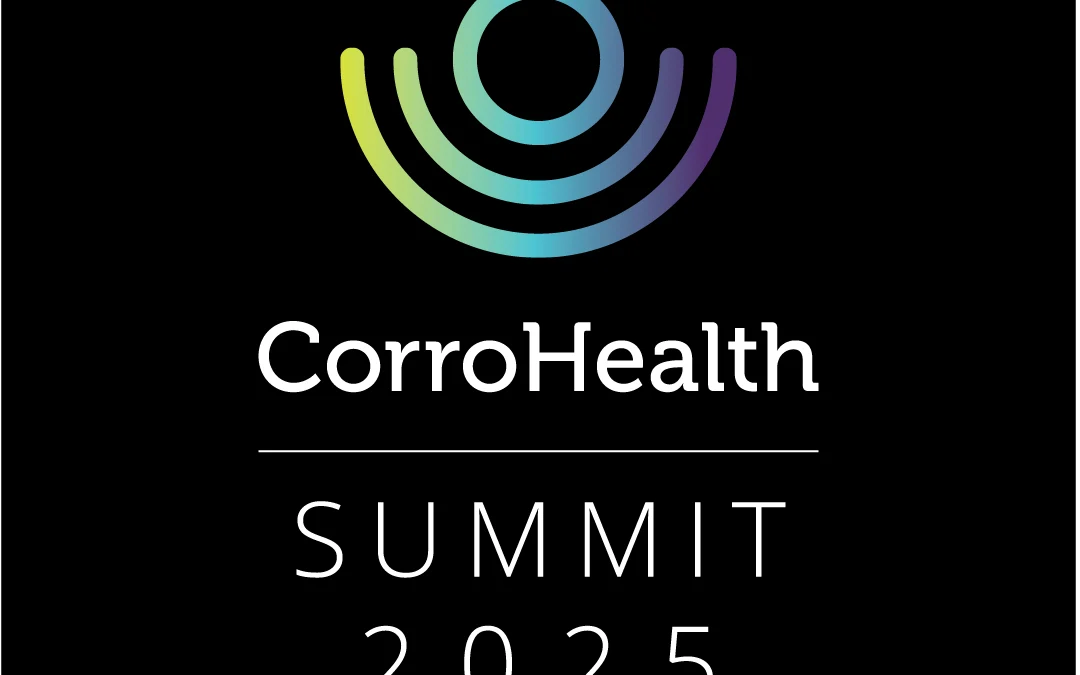Obstetrics and newborn care, traditionally seen as routine, are rife with untapped revenue potential, representing a silent revenue leak in many modern healthcare organizations. These aren’t just minor oversights; they represent significant financial opportunities that can benefit a hospital’s bottom line. Angela Carmichael, MBA, RHIA, CDIP, CCS, CCS-P, CRC, a leading voice in Clinical Documentation Improvement (CDI) and SVP of Product Development at CorroHealth, sheds light on these missed revenue opportunities, calling for healthcare providers to re-evaluate and revamp their revenue strategies in the realm of obstetrics and newborn care.
Silent Revenue Leak
The term “silent revenue leak” aptly describes the unnoticed financial drain that many healthcare institutions face. While the focus often remains on high-profile departments and treatments, areas like obstetrics and newborn care often go under the radar. With her extensive expertise in Clinical Documentation Improvement (CDI) and coding, Carmichael recognizes this issue’s gravity.
“During our audits,” Carmichael reveals, “we’ve identified numerous instances where diagnoses were either overlooked or under-coded, leading to substantial revenue loss.”
Carmichael’s team at CorroHealth performs thousands of CDI and coding audits for healthcare providers annually. What have they found? Thousands of dollars providers aren’t claiming for due to:
- Coding errors, omissions or conventions not followed
- Coding sequencing not optimized
- Poor clinical documentation
Unearthing Hidden Revenue
The numbers speak for themselves. The financial implications of overlooked or under-coded diagnoses are profound within obstetrics and newborn care. A single overlooked diagnosis might look like it doesn’t carry substantial weight, but real-world examples suggest otherwise. For instance, Carmichael revealed that a cesarean section procedure was coded without a CC or MCC. Upon review, CorroHealth’s auditor found clinical support for acute pulmonary edema, though it wasn’t explicitly documented as “acute.” After querying for its inclusion and adding a related respiratory system complication, the financial impact for the claim was an additional $18,665. But the financial revelations don’t stop there. Another case spotlighted the power of accurate re-sequencing, which, when done correctly, leads to a financial impact of $14,335.
It’s crucial to look beyond these individual figures. When extrapolated across the multitude of cases handled by healthcare institutions annually, these “minor” oversights can culminate into a significant revenue gap. Proper documentation and coding practices can reveal these hidden revenue opportunities. In a time where maximizing revenue is paramount, healthcare institutions must be vigilant to prevent such avoidable financial oversights.
Importance of Accurate Documentation
Accurate documentation and Diagnosis Related Group (DRG) coding stand out as foundational threads. Regardless of its size or patient volume, every hospital must recognize that these elements are paramount. But why are so many opportunities missed within obstetrics and newborn care?
Missed revenue opportunities in obstetrics and newborn care often stem from the complexity of cases and the perception of these areas as routine. This mindset can lead to inconsistencies in documentation, especially without specialized training. Rapid employee turnover, lack of expertise in coding and CDI, and varying documentation practices among physicians further exacerbate the issue. Additionally, the ever-changing landscape of regulations and payer-specific requirements, combined with a lack of regular internal audits, means that many healthcare institutions might overlook significant revenue potential. Addressing these challenges necessitates a holistic approach, emphasizing training, communication, and continuous review of practices.
Payer Denial Strategies and Strategies for Revenue Optimization
One of the challenges healthcare providers face is payer denial strategies. “Payers commonly target claims with a shorter length of stay, particularly those four days or less,” Carmichael notes. By understanding these strategies and proactively addressing pitfalls, healthcare providers position themselves to capture the revenue they rightfully deserve.
To address these silent revenue leaks, Carmichael suggests a multi-pronged approach:
- Clinical Validation on a Pre-bill Basis: Providers can insulate cases from potential denials by querying for clinical validation before billing.
- Education and Training: Equip coders with the skills and knowledge to identify claims with the greatest likelihood of underpayment.
- DRG Validation: Instead of just validating the payer’s findings, perform a DRG validation to identify additional revenue opportunities.
The world of healthcare finance is intricate, with numerous opportunities for revenue optimization often overlooked. By recognizing the silent revenue leaks in obstetrics and newborn care and implementing strategic measures to address them, healthcare providers can ensure they’re not leaving money on the table. As Angela Carmichael aptly puts it, “It’s not just about coding; it’s about capturing the full clinical picture to ensure maximum revenue realization.”
Discover the Details in Our Webinar
Join Angela Carmichael as she takes you through the thousands of dollars her team has found for providers in our webinar replay available in our Insights On-Demand, “Discovering Revenue Integrity Opportunities in Obstetrics, Newborns, & Congenital Disorders.” Gain firsthand insights, learn from real-world examples and equip yourself with strategies to optimize your revenue potential. Don’t miss this opportunity to ensure you’re not leaving money on the table.

















